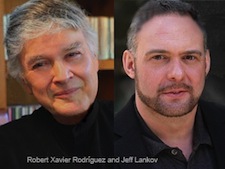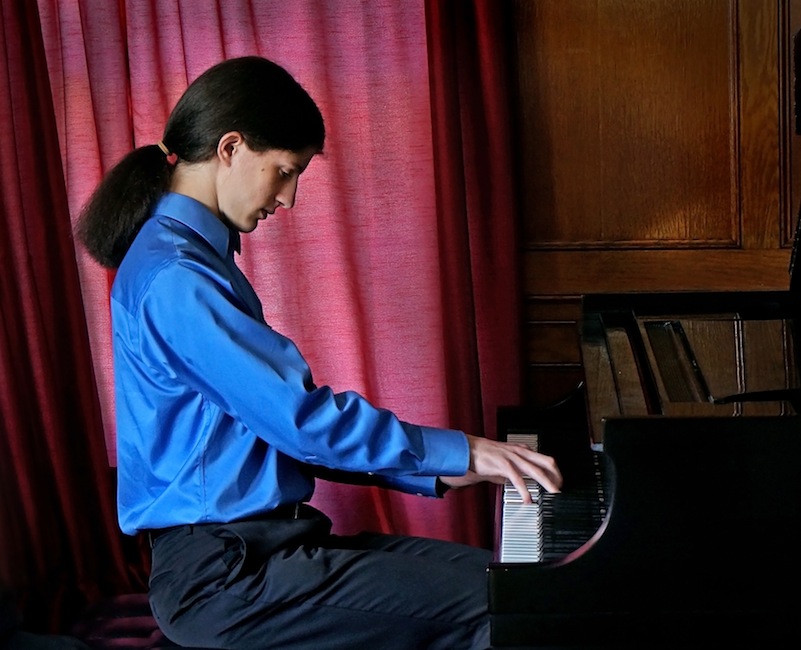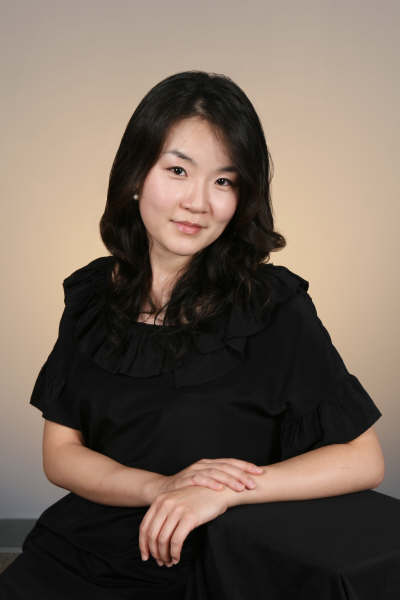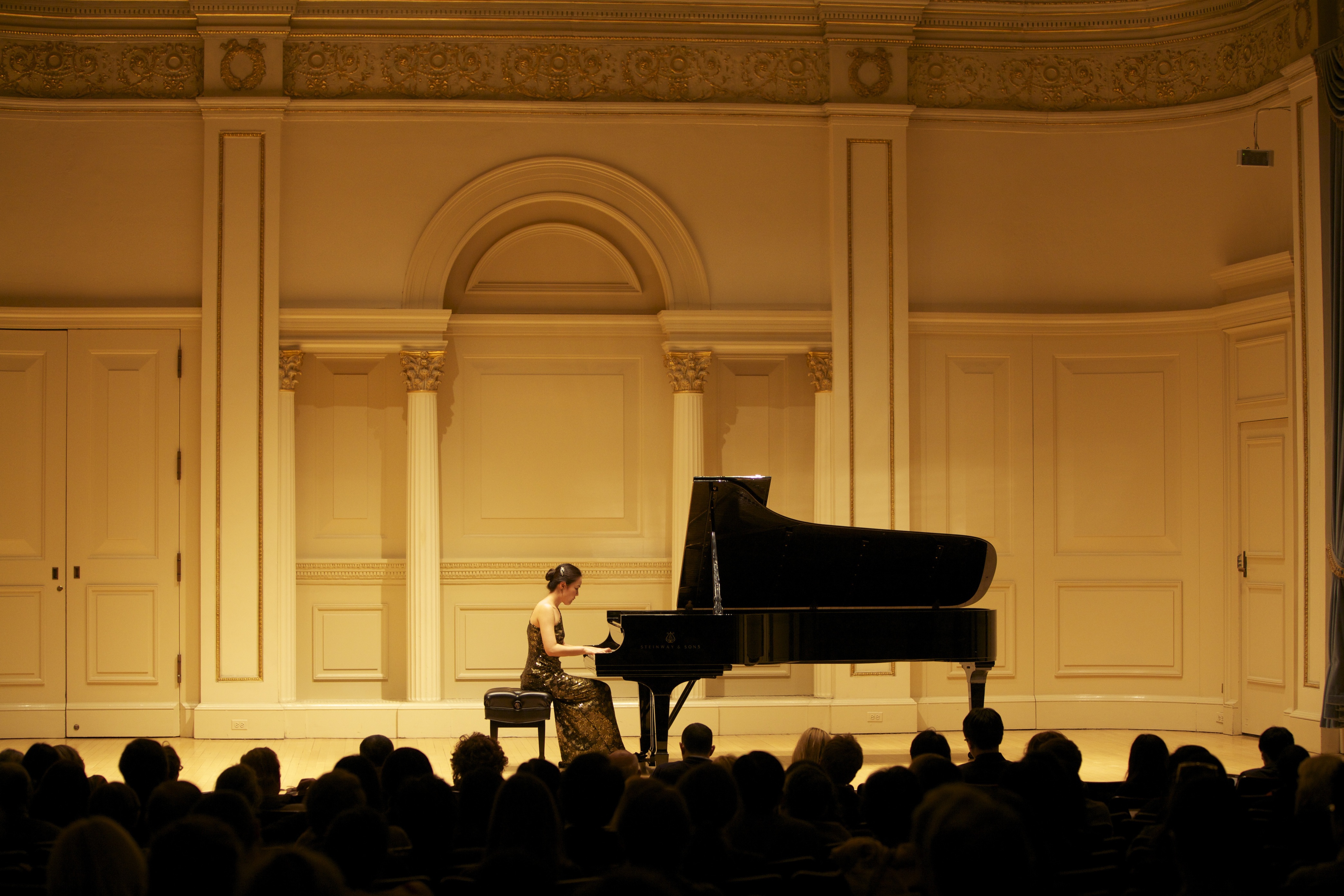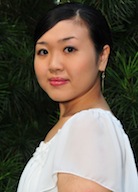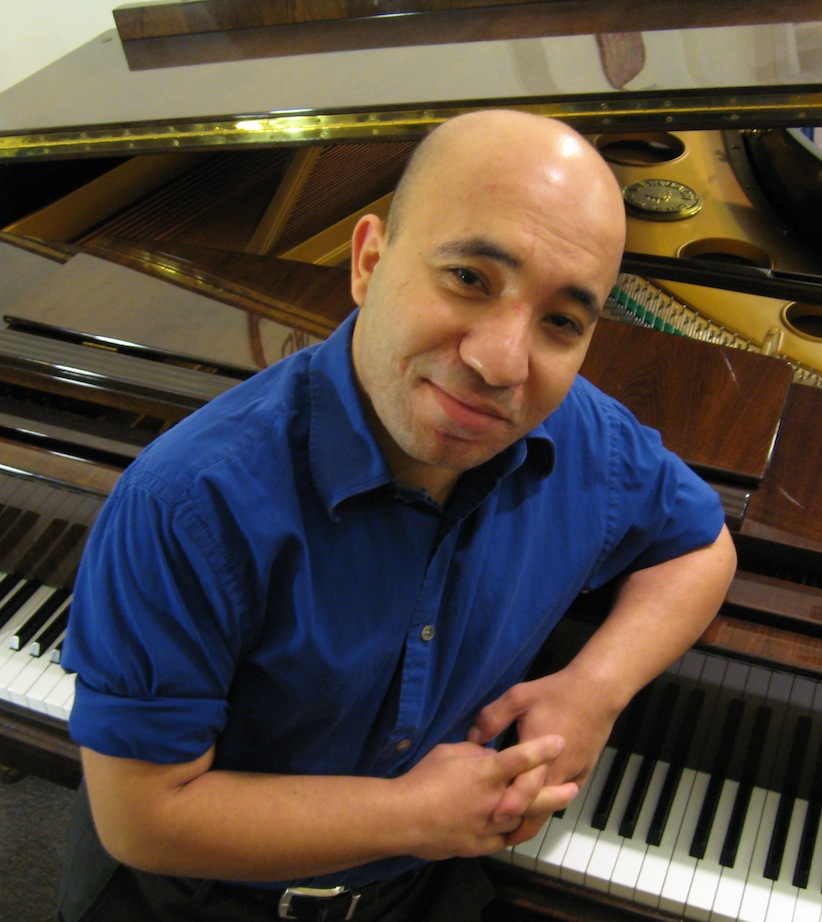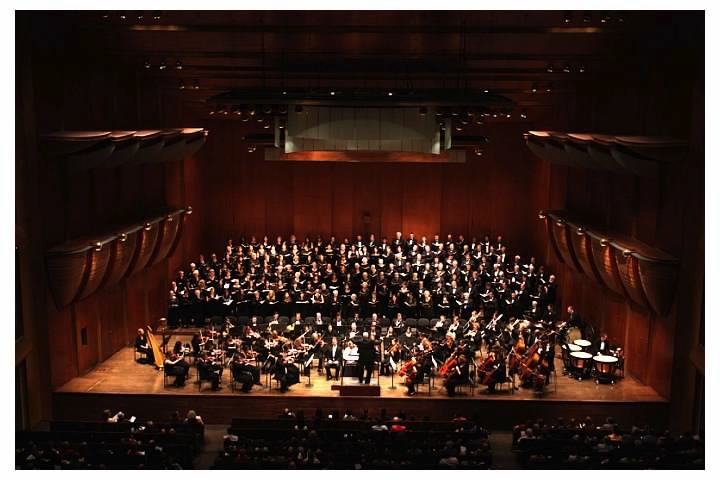The MARA Society of New York is dedicated to supporting and advancing Romanian music, arts, and culture. They have joined forces with Hospices of Hope to raise funds for the completion of Bucharest’s first hospice care facility. This season they presented a benefit concert entitled “Fall Concerto” along with a silent auction – I had my eye on the private tour of Dracula’s castle in Romania! One hundred percent of the proceeds from the performance and auction were to be donated to their hospice cause. (To learn more, visit www.marasociety.com and http://www.hospicesofhope.co.uk/ .) Romanians Alexandru Tomescu, violin, Matei Varga, piano, and “honorary Romanian”, violist Jesus Rodolfo Rodriguez, lent their support by donating their time and talents in performance of works by Bartók, Brahms, Schumann, Bach, Enescu, Chopin, and Saint-Saëns.
Bartók’s Romanian Dances, six short pieces originally written for solo piano, opened the concert. Zoltán Székely’s virtuosic arrangement for violin and piano was used by Alan Arnold in his own arrangement for Viola and Piano. Mr. Rodriguez captured the essence of these dances; the sorrowful longing and the wild jubilation. The final dance’s virtuosic passages were tossed off by Mr. Rodriguez with a laser-like clarity. His playing is fearless, but never reckless. Mr. Varga provided restrained support, allowing Mr. Rodriguez the starring role, as is proper for this work.
Next, Mr. Tomescu joined Mr. Varga in Brahms’s Scherzo for Violin and Piano. The Scherzo is the third movement of the so-called F-A-E Sonata, a collaborative work of three composers: Schumann, Brahms, and Albert Dietrich, as a gift to legendary violinist Joseph Joachim in 1853. The initials F-A-E stand for Frei aber einsam (Free, but lonely), which Joachim had adopted as his motto. The young Brahms was already a master of this form, with opportunities for both violinist and pianist to assume leading roles, but also as a collaboration of equals. Mr. Tomescu and Mr. Varga realized these ideals in a sprightly and polished performance.
Playing the Stradivarius Elder-Voicu violin he received in 2007, Mr. Tomescu produces a tone that is bold and full-bodied, but never strident. He projects well at all dynamic levels and plays with a quiet, regal demeanor. This does not mean his is not a passionate performer, but rather one who invests his energy in the music and not empty histrionics. He has the poetry as well as the pyrotechnics, but I am getting ahead of myself – more about that later.
Schumann’s Fantasy for Violin and Piano, Op. 131, followed the Brahms. This work is one with fluctuating moods, from joyous to reflective and back – much like Schumann himself. It was fascinating to watch how the performers projected the identities of Schumann’s famous alter egos. The extroverted Mr. Varga matched the character of Florestan, while Mr. Tomescu represented the more introverted qualities of Eusebius. Both players shone in a spirited performance. One must say that this pairing of Mr. Tomescu and Mr. Varga is fortuitous, as their complementary personalities make for thought-provoking performances.
After a break for a presentation by Princess Marina Sturdza, the patron of Hospices of Hope, Mr. Tomescu returned to the stage for a solo performance of J.S. Bach’s well-known Chaconne from the 2nd Partita in D minor, BWV 1004. He delivered a majestic and dramatic performance sustaining the intensity from start to finish.
The first half closed with Mr. Rodriguez’s performance of Konzertstück for Viola and Piano by George Enescu. He played with great elan, and Mr. Varga was there every step of the way. This was a pairing of simpatico personalities. The work was brought to a close with bravura playing from Mr. Rodriguez- all that was missing were sparks flying from his bow!
After a long intermission, another Enescu work, the Impromptu Concertante for Violin and Piano opened the second half. This lush, romantic work, allowed Mr. Tomescu to highlight the singing qualities of his tone, while the ever attentive Mr. Varga continued his excellent playing.
Mr. Varga then offered Chopin’s Polonaise in A-flat Major, Op. 53, the Heroic. True to his personality, Mr. Varga gave it a passionate and exciting reading. One could never accuse Mr. Varga of lacking exuberance in his playing! His infectious smiles, intense involvement with each and every note (including inaudibly singing along), and his sensitivity to the needs and wants of his collaborators, combined with his technical gifts, make him a joy to watch and hear.
Mr. Tomescu rejoined Mr. Varga to close the concert with Saint-Saëns’s Introduction and Rondo Capriccioso. This showstopper calls for the violinist to reach deep into his bag of tricks to meet the technical and musical demands. Mr. Tomescu is a master magician indeed – with the able support of Mr. Varga he fashioned a performance of wit and brilliance. The dazzling finale brought the full house to its feet in a long and well-deserved ovation – a great finish to a great evening.

